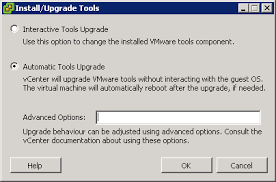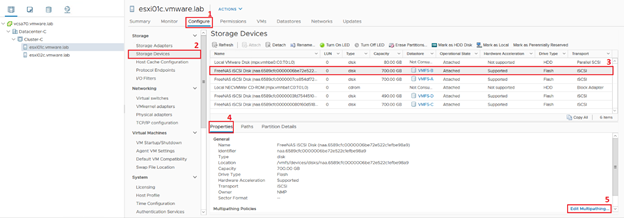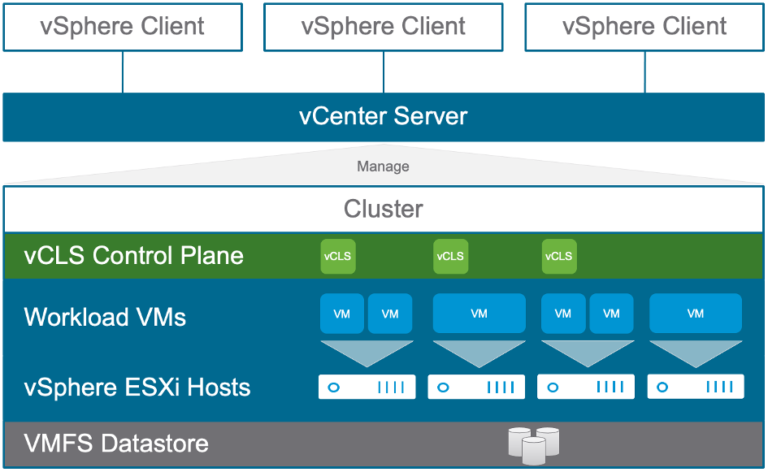VMware tools

Often I come over VMs that do not have VMware tools installed. I can only imagine that this is because the owners of the systems do not understand how integral the tools are for running a virtualized environment. VMware Tools…

Often I come over VMs that do not have VMware tools installed. I can only imagine that this is because the owners of the systems do not understand how integral the tools are for running a virtualized environment. VMware Tools…

E1000E, VMXNET3, and SR-IOV passthrough—are different network interfaces available in VMware virtualization technology. Here’s a brief explanation of each: E1000E Advantages of E1000E: Disadvantages of E1000E: VMXNET3 Advantages of VMXNET3: Disadvantages of VMXNET3: SR-IOV Advantages of SR-IOV: Disadvantages of SR-IOV:…

vCenter Enhanced Link Mode (ELM) is a feature that allows you to link multiple vCenter Server instances together, creating a unified management environment. It enables the centralized management and monitoring of multiple vSphere environments, providing a single pane of glass…

In VMware vSphere, the “All Paths Down” (APD) condition refers to a situation where the storage device becomes temporarily inaccessible to the ESXi hosts. This can occur due to various reasons, such as storage system failure, connectivity issues, or misconfigurations.…

In this blog post, we’ll explore what vCLS is, how it works, and the benefits it provides for virtualized environments. What is vSphere Cluster Services? vSphere Cluster Services (vCLS) is a new feature introduced in vSphere 7.0 that provides a…

In previous articles, I have looked at the difference between Disaster Avoidance and Disaster Recovery and Design considerations for Disaster avoidant infrastructure. This article will look at a solution that can be the best choice if a high level of…